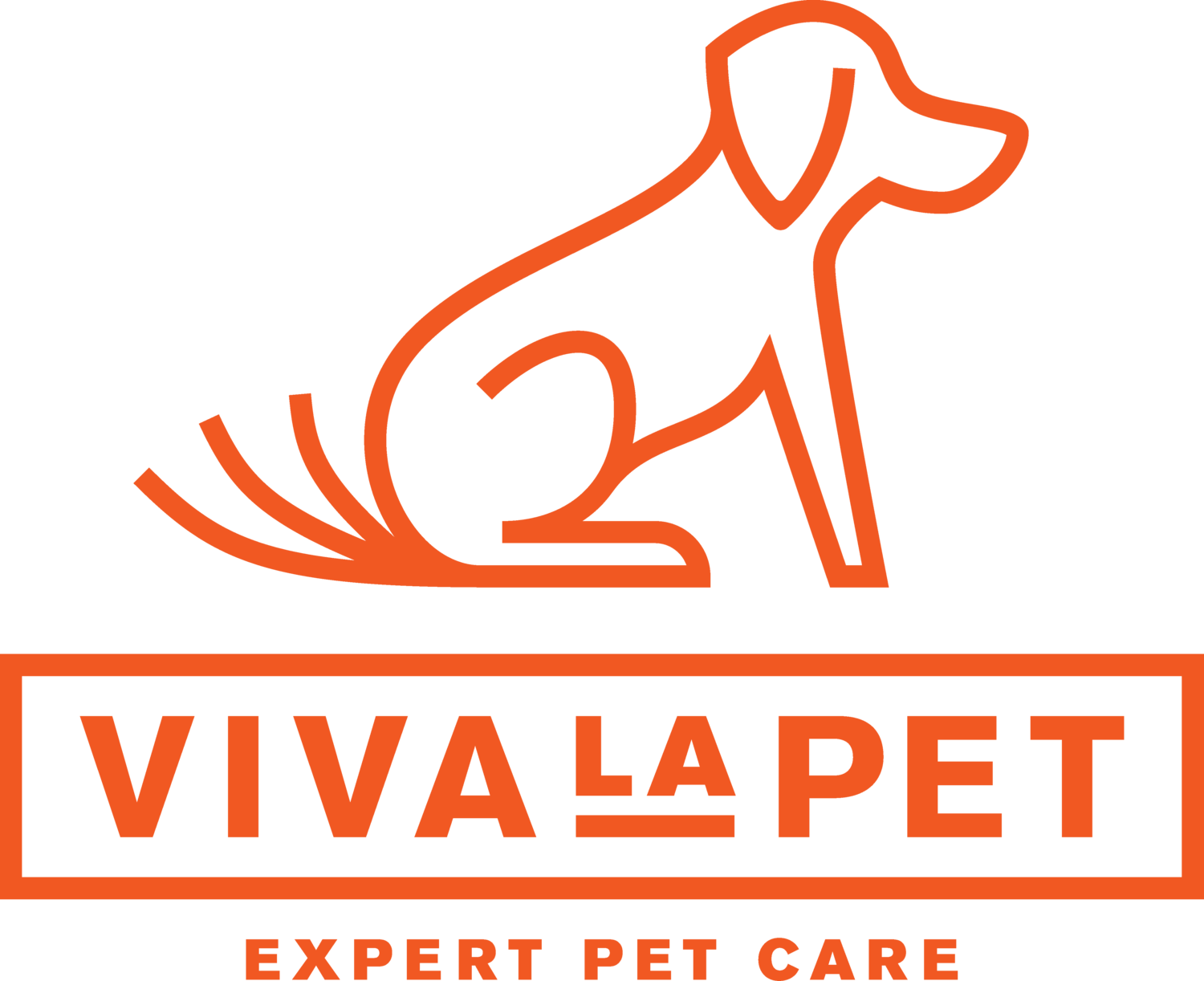Puppies.
Cue the JAWS theme music…
There comes a stage in every growing puppy’s life when they are basically land sharks. Those tiny little teeth not only feel like needles or razor blades digging into your skin, but they can do an outstanding amount of damage around the home as well.
Let’s get right into it. Puppy proofing your home from mini daggers of pain.
Puppies are short. Their line of sight is much different than ours. Get down to their level and check out your home. Is there anything down there that looks like it may intrigue a puppy? Most likely, everything will intrigue a pup, so let’s conquer this room by room.
Remember, you can keep certain rooms “off limits” while your pup is learning the ways.
Living Room/Bedroom/Office:
Wires- Puppy teeth can easily sever a wire. Not only is this destructive but it’s very dangerous to your pup. Make sure electrical cords, phone/computer chargers and video game cords are out of your puppy’s reach.
Remotes- For some reason, a lot puppies find remotes irresistible. Place those up high and out of sight.
Pillows/Blankets- Pillows are really fun to rip apart. Keep an eye on your pup if you dare to leave pillows and blankets in a room alone with them.
Shoes/Socks- These are really fun to gnaw on and also hide. It’s best to keep shoes and socks up and out of reach or tucked away in a closet.
Clothes/undies- It’s best to keep tidy when a puppy is around. Some dogs especially love the dirty clothes pile. Invest in a secure hamper so you don’t have to invest in a zipper surgery from an intestinal obstruction.
Kitchen/Bathroom:
Cleaners- It seems like common sense, but we are here to give you a friendly reminder. Keep cleaners out of your pet’s reach. Sometimes, pups learn to nudge open cabinets. You’ve been warned.
The cooktop- Depending on the size of your pup, if pups can put their paws on the counter, they can turn an oven knob. We have seen this first hand. If you block your pup in your kitchen make sure your dog cannot reach the oven knobs.
Gum/Candy/Food- From a possible choking hazard to a poisonous ingredient, many humans foods are dangerous to dogs. Common sweeteners like xylitol can be fatal. Xylitol is commonly found in gum and can be found in some peanut butters.
Medications- This is a friendly reminder to keep your meds in a cabinet when you have a puppy or counter surfing dog around.
Garbage can/compost bin- Make sure you have a garbage can that cannot be easily knocked down or nudged open.
Plants- My dog loves plants. By love, I mean, he enjoys biting their leaves as he zooms by. Click the button below to get a poisonous plant list from the ASPCA, it’s been bookmarked in our home.
By puppy proofing your home, you’ll keep belongings in tact and most importantly, you’ll keep your land shark safe and healthy.
Here’s to overwhelming puppy breath and a happy and healthy home.



